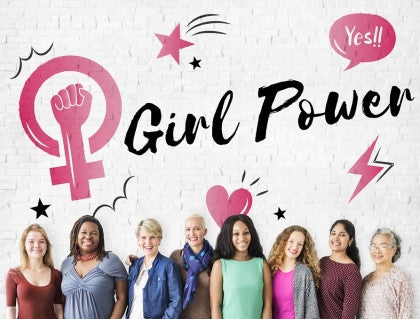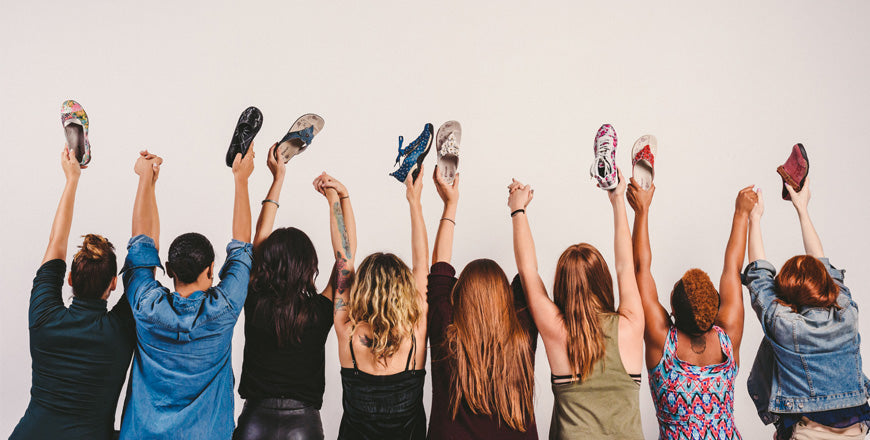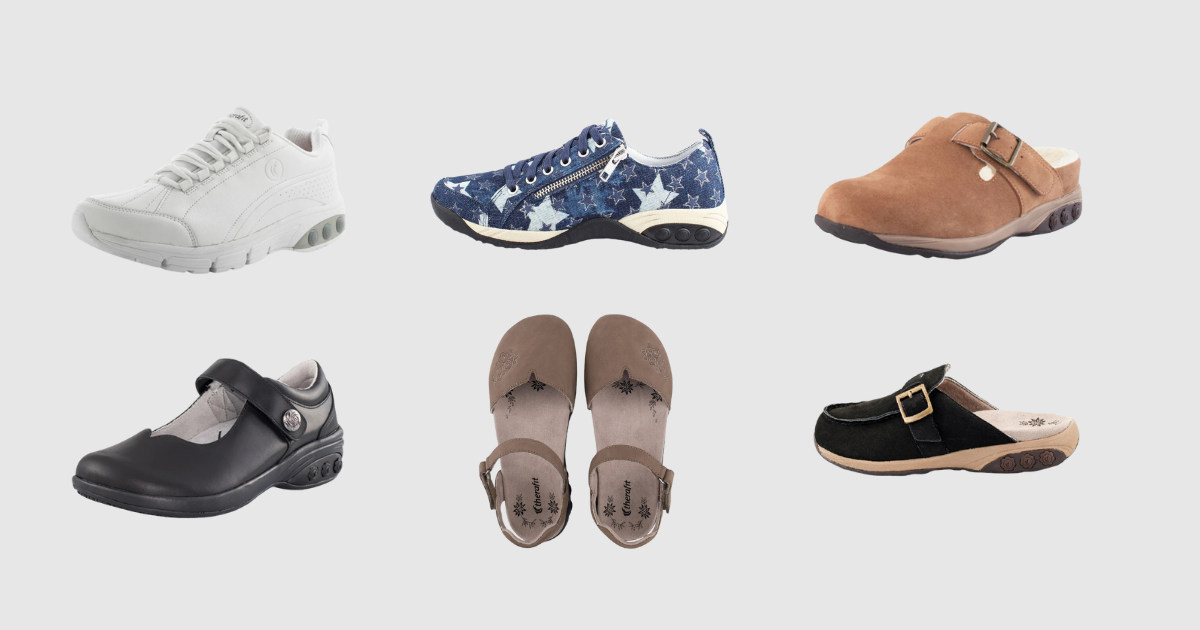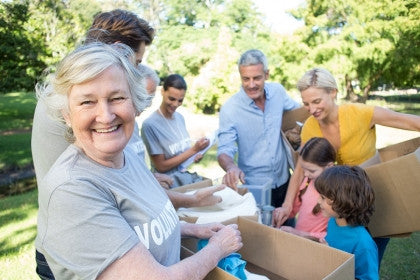4 Women Pioneers You Probably Don't Know

There are many women pioneers. And there's room in history for many more.
You probably haven't heard of the accomplishments of these four women. What they did in their lives was overshadowed by others, or even ignored completely.
The Therafit team wants to acknowledge and salute the efforts of these women. We certainly feel their impact today.
When we say, write, and photograph things others don’t agree with, when we travel to places where we’ve never been before, we have women like these four to thank.
Ida B. Wells-Barnett
Ida Wells-Barnett started her career as a teacher. But on a railroad trip to Memphis, she was ordered to give up her seat in the ladies' car for a white man. After she refused, she was dragged off the train completely.
Though she successfully sued the railroad company, the decision was overturned by the Supreme Court of Tennessee.
This experience led to her writing an article, which changed her career path to journalism. Most of her writing focused on violence and oppression against African-Americans in the post-Civil War South.
This focus was sharpened by personal tragedy. Three friends had opened a grocery store in Memphis, which competed against a white-owned grocery across the street.
The white store's owners attacked the three men, who fought back, killing one of their attackers. Though the three men were arrested, a mob broke into the jail and lynched them.
Wells-Barnett spent many years traveling both the United States and Europe, writing and speaking against lynching. Her writings focused on data refuting the claim most lynchings were the result of African-American men raping white women.
She was also a member of the women's suffrage movement and was a founding member of both the National Association for the Advancement of Colored People and National Association for Colored Women.
To learn more about Wells-Barnett, click here or visit the Ida B. Wells Memorial Foundation.
Margaret Bourke-White
Photographing steel mills in Cleveland doesn't seem like it should be that big of a deal. But in 1927, people didn't even think a woman should be exposed to the dirt and grit of the inside of a steel mill - especially one carrying a camera.
But Bourke-White's accomplishments in that setting led to her positions as aphotographer for Fortune and then LIFE magazines.
And those positions led to many other firsts, for both women and the field of photography. These include:
- First female staff photographer at LIFE
- First cover of LIFE magazine
- First Western photographer allowed access to industry in the Soviet Union
- First woman to photograph US combat
Bourke-White's camera recorded many more images. She took portraits of Joseph Stalin (it's believed she was the only photographer in Moscow when Germany began raiding during World War II) and Mahatma Ghandi- these taken hours before his death. She photographed concentration camps and the Korean War. It's said there wasn't anything she wouldn't do to get a shot.
For more information about Margaret Bourke-White, visit Gallery Mor read these articles from TIME: "Behind the Picture: The First Woman to Fly with a U.S. Combat Crew Over Enemy Soil" and "See the Classic Cameras Used by LIFE's First Female Staff Photographer."
Bessie Coleman
Amelia Earhart was far from being the only early woman aviator. Bessie Coleman was the first civilian African-American to earn her pilot's license, and the first woman of Native American descent.
To do so, Coleman had to travel to France to find an aviation school that would accept her. Her dream was always to open a flight school for African-Americans in the US.
She worked as stunt pilot to fund this dream, performing shows across the US. She was known for refusing to do her show unless the events were desegregated. Coleman also traveled as a lecturer.
Unfortunately, she died as a result of a malfunctioning plane before she could pull together the funds to open the school. Her death didn't stop the school from happening, though - in 1929, William J. Powell opened the Bessie Coleman Aero Club. This flight school made groups such as the Tuskegee Airmen possible.
Find out more about Bessie Coleman by reading this article by the National Aviation Hall of Fameor this article on women aviators by CNN.
Vera Cooper Rubin
If you've heard of dark matter, you have Vera Cooper Rubin to thank.
She wasn't the first woman astrophysicist, but she made several important discoveries that still hold true today:
- The confirmation of the existence of dark matter along with Kent Ford
- "Galaxies are embedded in dark matter halos" [source]
- Discovery of flat rotation curves in the orbits of stars
Rubin didn't just make hugely influential scientific discoveries, however. She was a professor at two well-known schools: Georgetown University (where she earned her PhD) and Carnegie Institution. She was the first woman to observe at the Palomar Observatory in California - while also being the reason women are now welcome at Princeton University's Cosmos Club.
During her career, she was also known for pushing for opportunities for women scientists (in a very amicable way) and the amount of support she offered to these women. She didn't just mentor them - she encouraged them to try for faculty positions and speaking roles they felt were out of reach.
She would even contact event organizers to demand more female speakers if she felt a conference didn't have enough, and told a colleague he needed to add women faculty to his astronomy program before she would advertise it.
Read more about Vera Cooper Rubin in this article by Nature or this one by CNN.
Move Forward Until "No" Becomes "Yes"
These women all had different dreams. Different experiences. Different outcomes. But they had one trait in common: they didn't take no for an answer. On this International Women's Day, will you #BeBoldforChange like they were?



